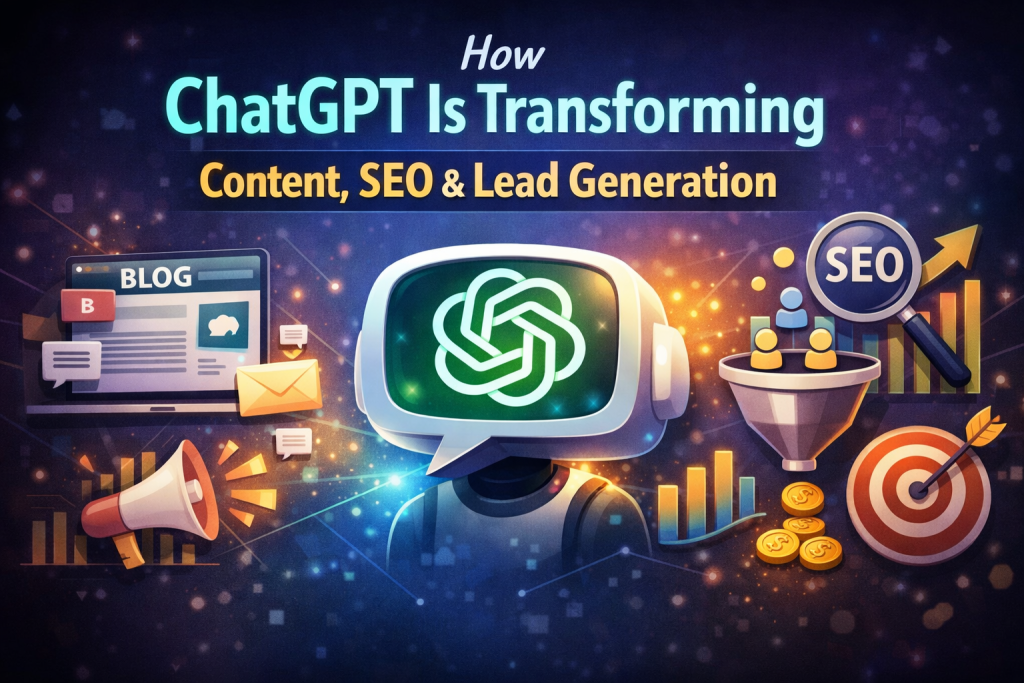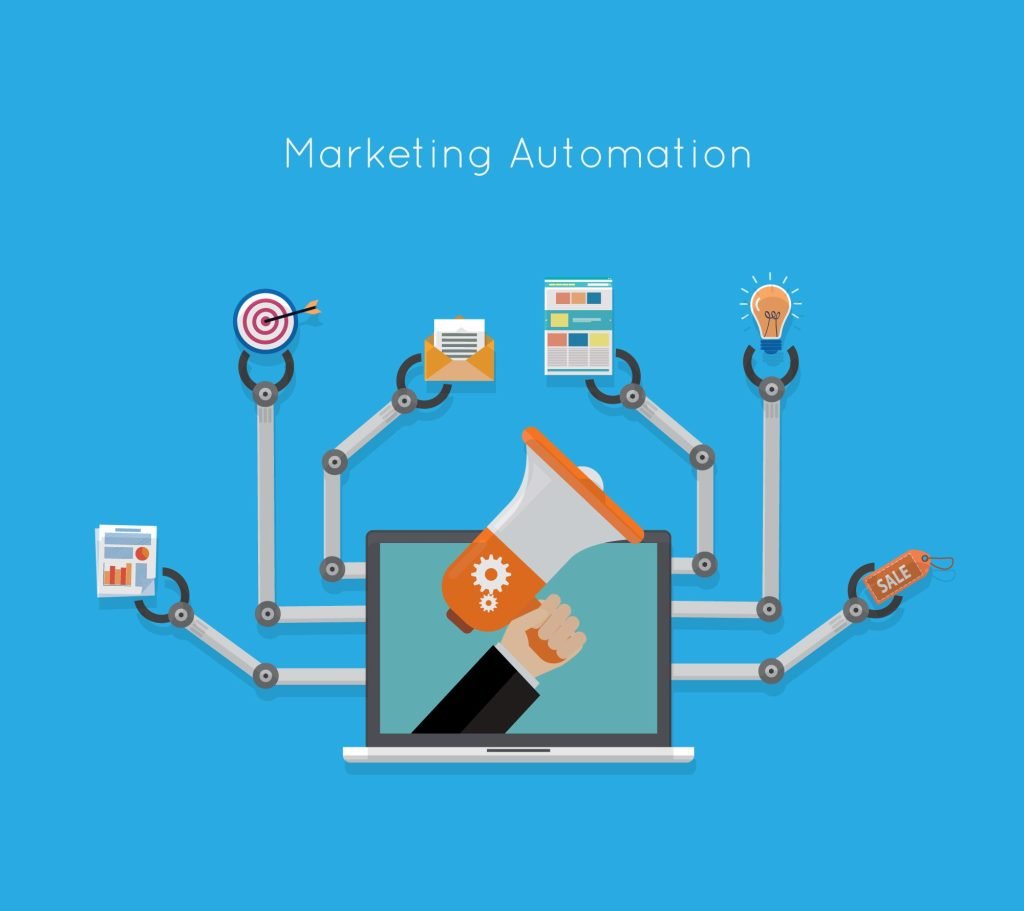Email marketing continues to be a cornerstone of digital marketing strategies, offering one of the highest returns on investment (ROI). With the digital landscape evolving rapidly, it’s crucial to stay updated on the latest best practices to ensure your campaigns remain effective. In this guide, we’ll explore the most impactful email marketing best practices for 2025 to help you enhance engagement, boost conversions, and maintain a competitive edge.
1. Prioritize Personalization & Segmentation
Generic mass emails are a thing of the past. In 2025, hyper-personalization and advanced segmentation have become essential.
Best Practices:
- Advanced Segmentation: Divide your email list based on user behaviour, purchase history, and preferences. This targeted approach can significantly increase engagement.
- AI-Driven Personalization: Utilize AI tools to tailor subject lines, content, and product recommendations for each recipient. Companies like Yum Brands have reported increased purchases and reduced customer churn through AI-driven marketing campaigns.
- Dynamic Content: Implement dynamic content blocks to deliver unique experiences to each subscriber, enhancing relevance and engagement.
2. Optimize for Mobile-First Audiences
With a significant majority of users accessing emails via mobile devices, optimizing for mobile is non-negotiable.
Best Practices:
- Responsive Design: Employ responsive email templates that adapt seamlessly to various screen sizes, ensuring a consistent user experience.
- Concise Subject Lines: Keep subject lines short and impactful, ideally under 50 characters, to accommodate mobile displays.
- Accessible CTAs: Ensure call-to-action buttons are prominent, easily tappable, and centrally placed for mobile users.
3. Leverage AI & Automation
Artificial Intelligence (AI) and automation are revolutionizing email marketing by enhancing efficiency and personalization.
Best Practices:
- Automated Workflows: Set up automated sequences such as welcome emails, abandoned cart reminders, and re-engagement campaigns to nurture leads effectively.
- Predictive Analytics: Utilize AI to analyze user behaviour and predict optimal sending times, increasing the likelihood of engagement.
- Interactive Elements: Incorporate AI-driven interactive elements like quizzes or personalised product recommendations to boost engagement.
4. Craft Engaging & Value-Packed Content
Content remains king in email marketing. Providing valuable and relevant content is key to retaining subscribers.
Best Practices:
- Compelling Subject Lines: Write subject lines that pique curiosity and encourage opens.
- Storytelling: Use storytelling techniques to create emotional connections with your audience, making your messages more relatable and memorable.
- Educational Content: Provide value through how-to guides, industry insights, and case studies, positioning your brand as an authority.
5. Improve Email Deliverability & Avoid Spam Filters
Ensuring your emails reach the inbox is crucial for the success of your campaigns.
Best Practices:
- Clean Email Lists: Regularly update your email lists to remove inactive subscribers, maintaining a healthy sender reputation.
- Double Opt-In: Implement a double opt-in process to confirm subscribers’ interest, reducing the likelihood of spam complaints.
- Avoid Spam Triggers: Steer clear of spammy language and excessive punctuation that could trigger spam filters.
6. Focus on Interactive & Visual Email Elements
Interactive emails enhance user engagement by providing immersive experiences.
Best Practices:
- Interactive Content: Incorporate elements like polls, surveys, and quizzes to encourage active participation from subscribers.
- Visual Appeal: Use high-quality images, GIFs, and videos to make your emails visually appealing and engaging.
- Dark Mode Compatibility: Design emails that are compatible with dark mode settings to cater to user preferences and improve readability.
7. Test, Analyze & Optimize Regularly
Continuous improvement is vital for email marketing success.
Best Practices:
- A/B Testing: Experiment with different subject lines, content formats, and sending times to identify what resonates best with your audience.
- Performance Metrics: Monitor key metrics such as open rates, click-through rates, and conversions to gauge campaign effectiveness.
- Iterative Optimization: Use insights from data analysis to refine your strategies continually, ensuring sustained improvement.
8. Emphasize Ethical & Privacy-Focused Email Marketing
With increasing privacy concerns, adhering to ethical practices is more important than ever.
Best Practices:
- Compliance with Regulations: Ensure your email practices comply with regulations such as GDPR and CCPA to build trust and avoid penalties.
- Transparent Data Usage: Be clear about how you collect, store, and use subscriber data, fostering trust and credibility.
- Easy Unsubscribe Options: Provide straightforward unsubscribe options to respect user preferences and maintain a positive brand image.
Conclusion
Email marketing in 2025 is centered around personalization, automation, mobile optimization, and ethical practices. By implementing these best practices, you can maximize engagement, boost conversions, and achieve long-term success.
Are you ready to take your email marketing to the next level? Start implementing these strategies today!
Visit MonkeyAds for more expert digital marketing tips and services!




